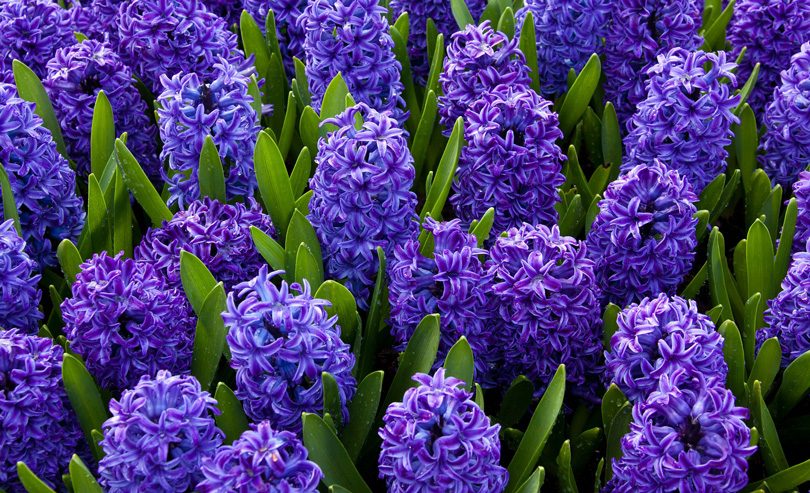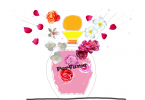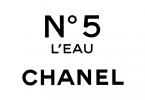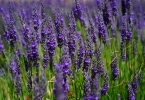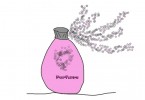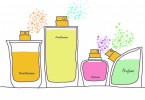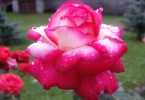Aromele rafinate ale celor mai sofisticate flori folosite în parfumuri: zambilele
În parfumuri sunt folosite foarte multe ingrediente, astfel încât aromele să fie cât mai atrăgătoare și persistente. În marea majoritate a parfumurilor sunt folosite arome de flori sau fructe, deoarece natura oferă o varietate foarte mare de miresme plăcute pe care parfumierii le utilizează de foarte mult timp în producerea apelor de toaletă sau de parfum.
Și deși unele dintre aromele artificiale sunt asemănătoare celor naturale, marile case de parfumuri se bazează în creațiile lor tot pe aromele florale, fructate, lemnoase, ale unor ierburi sau condimente pe care le combină într-un mod cât mai armonios.
Iată în continuare câteva lucruri interesante despre una dintre cele mai folosite flori în parfumuri, zambila:
- În lume există peste 200 de parfumuri care folosesc mirosul zambilei, de la cele mai simple la cele mai sofisticate.
- Zambilele sau florile primăverii sunt serbate internațional în fiecare an pe 7 martie.
- Zambilele înfloresc din bulbi în fiecare primăvară și în prezent există peste 30 de soiuri de flori din acest gen.
- Bulbii de zambilă au fost cultivați încă de pe vremea grecilor și a romanilor, însă în Europa florile de zambilă au devenit cunoscute și populare abia în secolul al 18-lea și începutul secolului 19.
- Zambilele au un parfum puternic, atrăgător, intens, dar diferit de la floare la floare în funcție de culoarea petalelor: albe, roz, mov, ciclamen, albastre, galbene, bej, roșu sau purpuriu.
- Mirosul zambilei este foarte tare, exotic, dulce, însă esența parfumului de zambilă este folosită în parfumuri florale romantice, seducătoare, elegante doar în notele de vârf sau de mijloc alături de alte esențe precum cele de iasomnie, trandafiri, tuberoze, crini, piersici, mandarine sau ananas.
In fragrances are used many ingredients, so that aromas are appealing and persistent. In most fragrances, floral or fruit flavors are used because nature offers a great variety of pleasant fragrances that perfumers use for a long time in the production of toiletries or perfumes. And although some of the artificial flavors are similar to natural ones, the great perfume houses rely for their creations on floral, fruity, woody, herbs or spices flavors to combine them as harmoniously as possible.
Here are some interesting things about one of the most exquisite flower used in perfumes, hyacinth:
- There are over 200 fragrances in the world that use the smell of hyacinth, from the simplest to the most sophisticated.
- The hyacinth or spring flowers are celebrated internationally each year on March 7th.
- Hyacinths bloom from bulbs every spring and there are currently over 30 varieties of flowers of this genre.
- Hyacinths bulbs have been grown since the time of the Greeks and the Romans, but in Europe the hyacinth flowers became known and popular only in the 18th century and the beginning of the 19th century.
- The hyacinths have a strong, attractive, intense fragrance, but different from flower to flower depending on the color of the petals: white, pink, purple, cyclamen, blue, yellow, beige, red or purple.
- The smell of the hyacinth is very lush, exotic, sweet, but the essence of the fragrance of hyacinth is used only in the top or middle notes of the romantic, seductive, elegant floral fragrances with other essences such as jasmine, roses, tuberoses, lilies, peaches, mandarin or pineapple.

